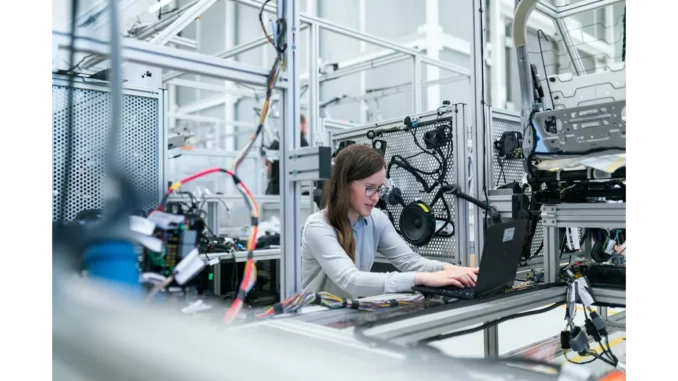
Summary
Building a Home NAS Server: Essential Guide for Beginners
As digital storage demands grow, constructing a Network-Attached Storage (NAS) server at home becomes an appealing solution for many. The journey is both exciting and challenging, requiring careful planning, component selection, and problem-solving. This article outlines the critical steps and considerations for first-time NAS builders, offering guidance through the labyrinth of technical decisions.
Main Article
Building a NAS server at home allows users to create a centralised hub for data storage and media streaming. However, for novices, the process can seem overwhelming due to the plethora of choices and technical aspects involved.
Defining Objectives
Before delving into the technicalities, it is essential to clearly define the primary objectives of your NAS server. Determining whether it will primarily function as a data backup solution, a media server, or both is crucial. This decision will guide the selection of features and components. Assessing storage requirements, accounting for current data and future expansion, is equally important. Users should consider the types of files—such as documents, photos, videos, and backups—they plan to store. Alongside these considerations, establishing a budget is vital. Although building a NAS can be more cost-effective than purchasing a pre-built unit, costs may escalate based on component choices.
Strategic Planning
A well-thought-out plan is the cornerstone of a successful NAS build. Beginners are advised to educate themselves on NAS fundamentals, including RAID configurations, file systems, and network protocols. Online forums and tutorials serve as invaluable resources for insights and recommendations. Compatibility is another critical aspect; using tools like PCPartPicker can help verify the compatibility of chosen components. Additionally, implementing redundancy measures, such as RAID, is advised to safeguard against hardware failures. However, it is important to note that RAID is not a substitute for backups; a robust backup strategy is essential.
Component Selection
Selecting the right components is a pivotal step in the NAS build process. The choice of case and form factor should align with space requirements while accommodating the intended number of hard drives. Mini-ITX cases are popular due to their compact size, provided they offer adequate cooling. The motherboard must have sufficient SATA ports to support hard drives, and the CPU should meet processing needs. While a low-power CPU generally suffices, future-proofing with a more powerful option is advisable. Adequate RAM is necessary for smooth operation, with at least 8GB recommended, especially if using RAM-intensive features like deduplication.
The selection of hard drives is critical, as reliability is paramount. NAS-specific hard drives, designed for 24/7 operation, such as those from Seagate IronWolf and Western Digital Red, are recommended. The power supply unit (PSU) should have enough wattage to support all components, and a modular PSU can simplify cable management. Network connectivity is another consideration; built-in Ethernet ports or an additional network card may be necessary, with Gigabit Ethernet as the standard. For higher demands, 2.5Gbps or 10Gbps options are available.
Navigating Challenges
First-time NAS builders may encounter several challenges. Configuring the appropriate RAID level requires an understanding of each level’s trade-offs in terms of data redundancy and performance. Network setup can also be daunting, particularly for those unfamiliar with networking concepts. It is crucial to invest time in learning about network protocols and to seek assistance from online resources. Additionally, selecting and installing the right operating system and software is vital. Popular choices include TrueNAS, OpenMediaVault, and Unraid, each with its own installation guides.
Troubleshooting is an inevitable aspect of the process, requiring patience and persistence. Engaging with online communities can provide support and solutions to technical hurdles.
Detailed Analysis
The rising trend of home NAS servers reflects broader shifts in data storage preferences, with users increasingly seeking personalised, secure solutions. This trend aligns with the growing digital economy, where data management and accessibility are paramount. As data privacy concerns rise, individuals are more inclined to control their data storage environments, fuelling the DIY NAS movement. The choice of components and configurations offers insights into consumer priorities, such as reliability and future-proofing, which are mirrored in broader tech purchasing behaviours.
Further Development
As the landscape of data storage continues to evolve, staying informed of technological advancements is crucial for enthusiasts and potential NAS builders. Emerging technologies, such as improved RAID configurations and faster network interfaces, promise to enhance NAS capabilities. Additionally, software developments may simplify the installation and management of NAS systems, making them more accessible to a wider audience. Readers are encouraged to follow ongoing coverage for updates and expert insights into building and optimising NAS servers.

